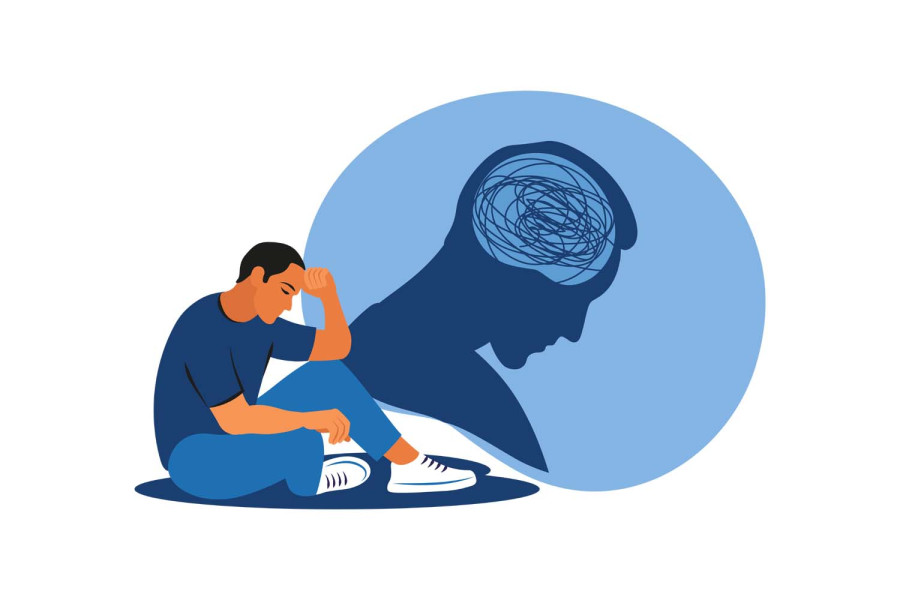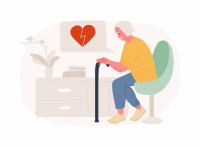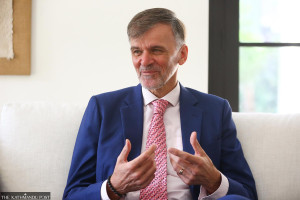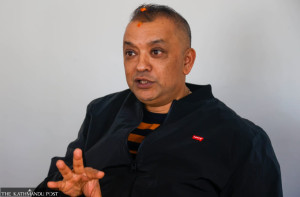Culture & Lifestyle
Has Men’s Mental Health Month made a difference?
When those who seek help are met with scepticism, awkwardness, and blatant dismissal, they often don’t try again.
Dipesh Tandukar
Did you know June has been celebrated as Men’s Mental Health Awareness Month since 1994? For 30 years, people have repeated, “Let’s have more conversations, talk more openly, and break the stigma.” However, after three decades, we must ask: Have these months of increased awareness resulted in change, or is this merely a flurry of hashtags and social media posts that lead to nothing?
The answer is sad and hopeful. There has been some progress, but we are nowhere near where we should be.
The positive news is that there has been more discussion about men’s mental health. Silence is not as absolute as it once was. In many parts of the world, men now recognise mental health as a valid issue that demands concern. There has been an increase in school-based mental health sessions that focus on boys. And, we have also seen a steady rise in online platforms where creators discuss various mental health issues like depression, trauma, and anxiety. This seemed impossible a generation ago.
Similarly, more companies are open to mental health conversations and willing to put more effort into improving the mental health of their employees. The conversations around therapy and counselling have shifted from ridicule to genuine concern over their relevance, which is a big win not only for men’s mental health but also for the field of mental health as a whole.
We are seeing more men talk about their inner struggles. Athletes, actors, and, most importantly, people we know have begun to speak about their experiences, not as a sign of weakness but in the hope that others do not experience what they might have faced.
But this change we are seeing isn’t deep-rooted yet. And this is where the progress is still taking time. The reality is that men would still prefer to suffer in silence rather than seek help because they believe they should not, or rather aren’t allowed to, discuss their pain.
In many countries, suicide is still a common issue among men. In countries like Nepal, South Africa, and Australia, men make up the majority of suicide deaths.
And, it’s not because they don’t care about mental health, it’s because they still don’t see a safe, non-judgmental space built for them.
Even after 30 years of discussions on men’s mental health, it still lacks the importance it deserves. Globally, campaigns often focus on general or women’s mental health, where stigma has been addressed more actively. In addition to this, most mental health systems aren’t male-friendly. Counselling often fails to address the simple fact that most men have grown up in a patriarchal society, and they find it difficult to express their emotions. Due to this, therapists often unintentionally pathologise emotional numbness. Hence, many men drop out early and believe that counselling doesn’t work for them. And, in rural or conservative areas, this situation is even more extreme. Accompanying all of this is the shame many men experience when seeking help.
A 2023 WHO regional report has found that men in lower-income regions still avoid professional mental health support, not only because of shame, but because of a lack of localised, culturally grounded services. In many communities, support is still framed as “something women need”, and men are expected to just “deal with it.” So while public conversations have opened, private suffering has persisted.
This is the biggest failure of Men’s Mental Health Month: People are aware, but aren’t necessarily more equipped. We have told men to speak up and share their stories, but we haven’t built enough places where they would feel heard.
We have created campaigns, but do not have enough counsellors to support them. We have posted slogans, but haven’t trained the employers who need to understand them. We talk about toxic masculinity but rarely invest in programmes where men can speak without being judged, corrected, or dismissed.
The thing is, men aren’t avoiding help. They are avoiding humiliation. When those who seek help are met with scepticism, awkwardness, and blatant dismissal, they often don’t try again. We don’t need more awareness. We need better ways to connect and support men.
After three decades, we have witnessed a shift that has helped normalise conversations and encouraged visibility, particularly among younger men and public figures. The number of discussions in city areas and western countries is increasing, but their impact is still missing beyond such places. The deadly silence is decreasing, but not enough to prevent many more men from suffering quietly.
Right now, we are at a crossroads. Progress is there, but it is not enough. And if we are to ensure that the future is any different, we need to adapt the mental health model to meet the needs of men. We need to understand what men might be going through and train therapists, teachers, employers, and health workers accordingly.
We need more spaces for men to openly speak without being judged. We must teach young boys to express their emotions more safely and stop assuming that awareness programmes might be enough.
If we’re going to keep observing Men’s Mental Health Month every June, we have to change the way we approach it. This isn’t just about mental health. It’s about redesigning society so that men don’t have to wear emotional masks for a lifetime just to be accepted.




 16.12°C Kathmandu
16.12°C Kathmandu















